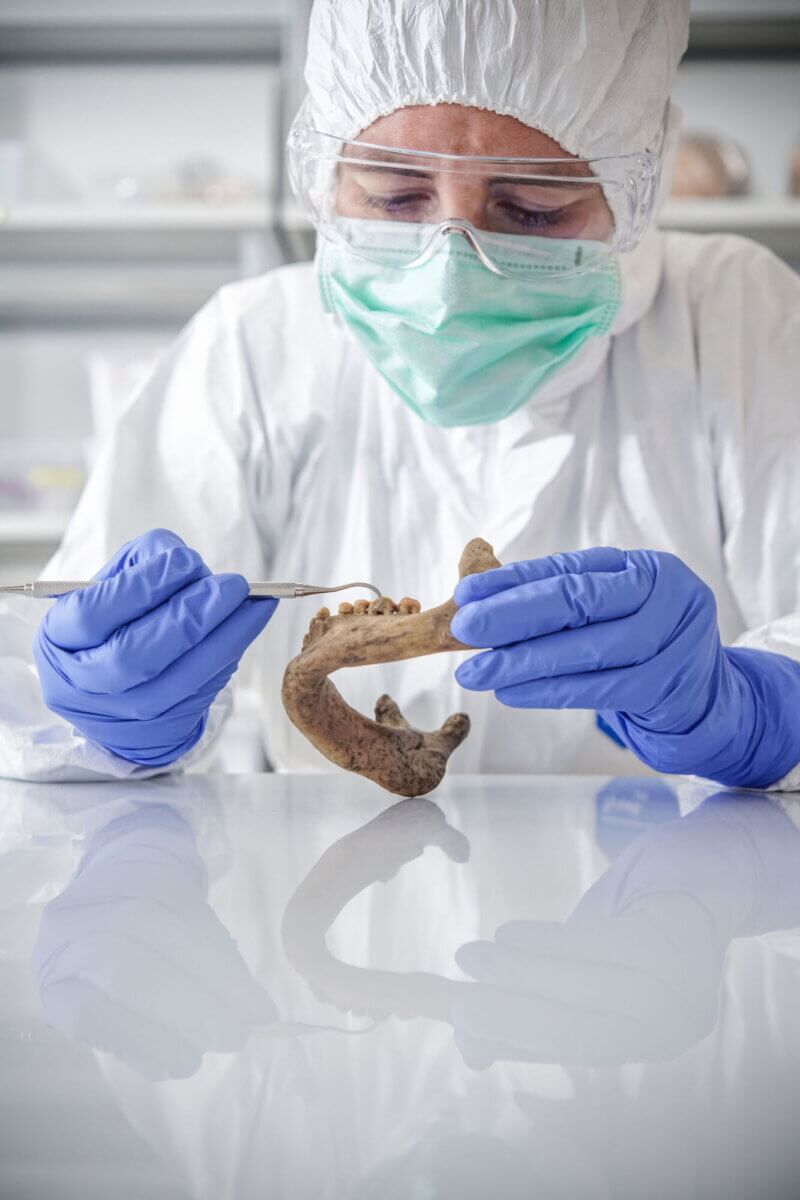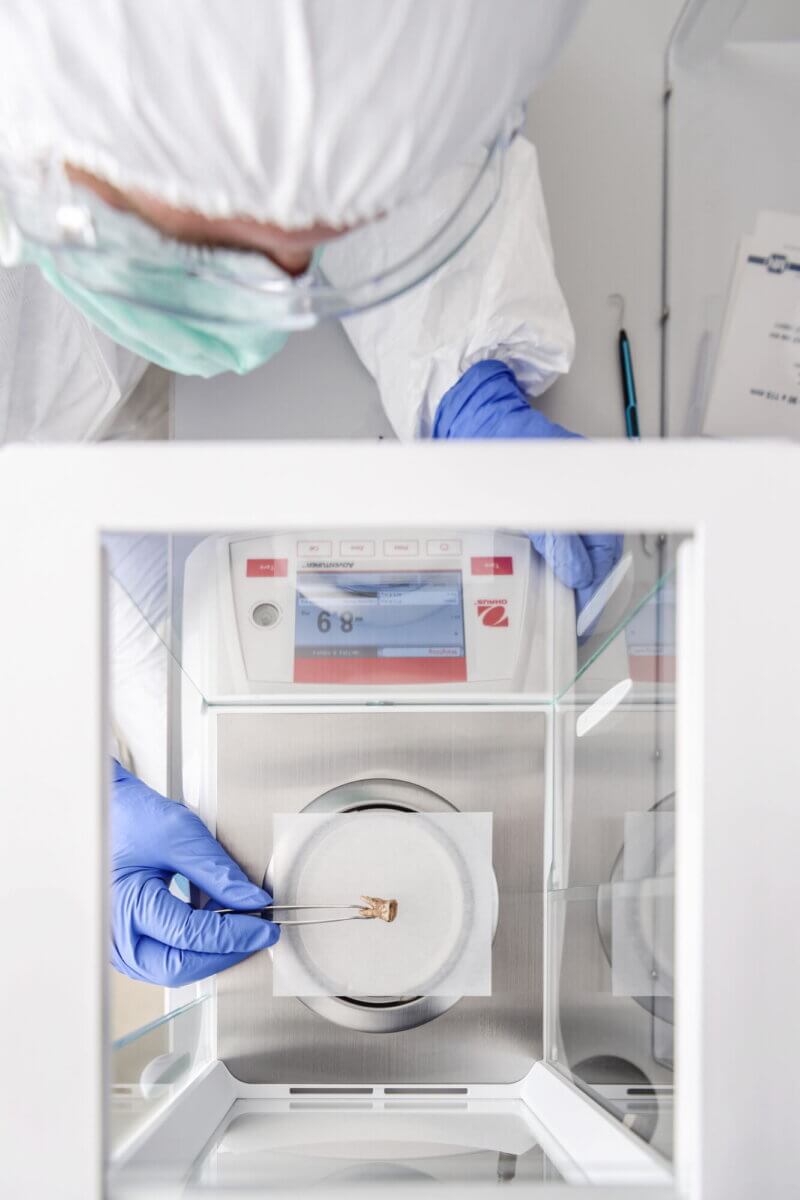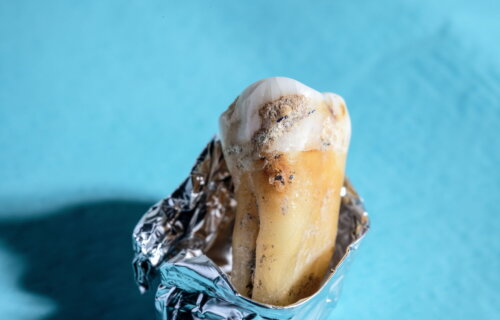BERLIN, Germany — Microbes up to 100,000 years-old have been identified in the dental plaque of Neanderthals and prehistoric humans, opening a window into the distant past and providing new opportunities for drug discovery. An international team of researchers successfully revived the ancient bacteria’s natural products from the calcified remains, focusing on reconstructing genomes encased within tooth tartar. This groundbreaking achievement, which scientists are comparing to completing a “billion-piece jigsaw puzzle,” also offers hope for developing new antibiotics.
Microbes are nature’s greatest chemists, and by studying the genomes of ancient bacteria, scientists believe it may be possible to discover new uses for very old molecules. Many of the world’s antibiotics and other medications were created by these microbes. The study included 12 Neanderthals who roamed Earth 40,000 to 102,000 years ago, 34 human skeletons dating to around 150 to 30,000 years ago, and 18 present-day humans.
Tooth tartar is the only part of the body that routinely fossilizes during a person’s lifetime, turning living dental plaque into a graveyard of mineralized bacteria. The researchers reconstructed numerous oral bacterial species and discovered more exotic ones whose genomes had not been described before. One example is an unknown member of Chlorobium, found in the dental calculus of seven Paleolithic humans and Neanderthals.

“The dental calculus of the 19,000-year-old Red Lady of El Mirón, Spain, yielded a particularly well-preserved Chlorobium genome. Having discovered these enigmatic ancient genes, we wanted to take them to the lab to find out what they make,” says Anan Ibrahim, a postdoctoral researcher at the Leibniz Institute of Natural Product Research and Infection Biology and co-lead author of the study, in a media release.
Bacteria rely on specialized genes to produce complex chemical natural products. Currently, the scientific study of microbial natural products is mostly limited to living bacteria. However, given that bacteria have inhabited Earth for over three billion years, there is an enormous diversity of past natural products with therapeutic potential waiting to be discovered.
“In this study, we have reached a major milestone in revealing the vast genetic and chemical diversity of our microbial past. Our aim is to chart a path for the discovery of ancient natural products and to inform their potential future applications,” says Christina Warinner, a co-senior author of the study.
When an organism dies, its DNA rapidly degrades and fragments into many tiny pieces. Scientists can identify some of these DNA fragments by matching them to databases. The challenge, however, is that most ancient DNA cannot be matched to anything known today. Recent advances in computing have made it possible to refit the DNA fragments together, reconstructing unknown genes and genomes. The only issue is that this method does not work very well on highly degraded and extremely short ancient DNA from the Pleistocene.
“We had to completely rethink our approach. After three years of testing, we achieved reconstructed DNA stretches over 100,000 base pairs in length, recovering a wide range of ancient genes and genomes. We can now start with billions of unknown ancient DNA fragments and systematically order them into long-lost bacterial genomes of the Ice Age,” says Alexander Hübner, a postdoctoral researcher at the Max Planck Institute for Evolutionary Anthropology.

The team used synthetic molecular biotechnology tools to enable living bacteria to produce the chemicals encoded by the ancient genes. This was the first successful application of this approach to ancient bacteria, resulting in the discovery of a new family of microbial natural products called “paleofurans.”
“This is the first step towards accessing the hidden chemical diversity of Earth’s past microbes, adding an exciting new time dimension to natural product discovery,” explains Martin Klapper, a postdoctoral researcher at the Leibniz Institute of Natural Product Research and Infection Biology.
This groundbreaking research has the potential to revolutionize the way scientists study ancient DNA and unlock the secrets of our microbial past. By reconstructing ancient genomes, the team has not only opened up new avenues for drug discovery but also provided invaluable insights into the lives of our prehistoric ancestors.
“The successful application of synthetic molecular biotechnology to ancient bacteria demonstrates the enormous potential of exploring Earth’s past microbial diversity. As we continue to uncover more ancient genes and genomes, we can expect to make new discoveries that have far-reaching implications in medicine and other fields,” concludes Pierre Stallforth, a co-senior author of the study.
As researchers delve deeper into the world of ancient microbes, they will undoubtedly uncover more hidden treasures that could lead to the development of novel antibiotics and other therapeutics. This innovative approach to studying ancient bacteria not only broadens our understanding of Earth’s microbial past but also offers hope for addressing current and future medical challenges. The potential benefits of this research are immense, and the scientific community eagerly awaits further advancements in the study of ancient microbial genomes.
Antibiotic-resistance has been described by the World Health Organization as one of the biggest threats facing mankind. The study in the journal Science could help combat it.
South West News Service writer Mark Waghorn contributed to this report.


Don’t neglect the teeth of dogs and wolves and other animals.
More likely the tooth is 4-6000 years old. But that fact doesn’t sell their latest book. So-called “experts” promote their findings as fact when the FACT is that carbon dating is a theory, not FACT.